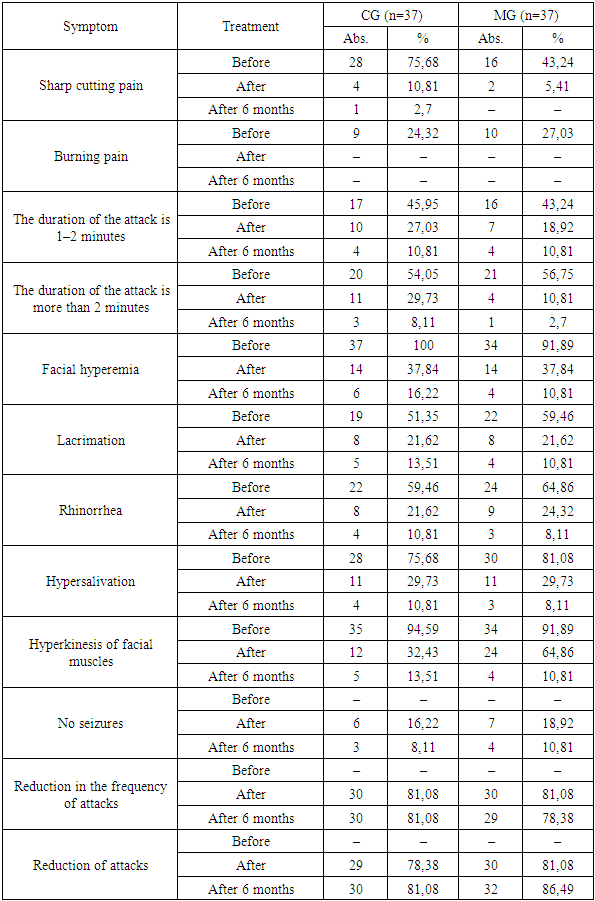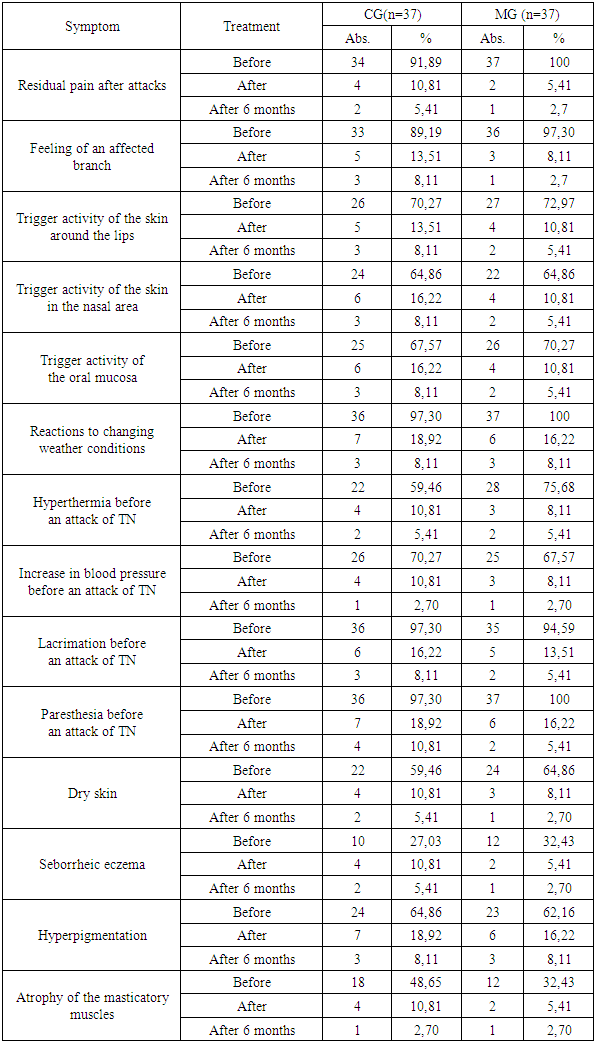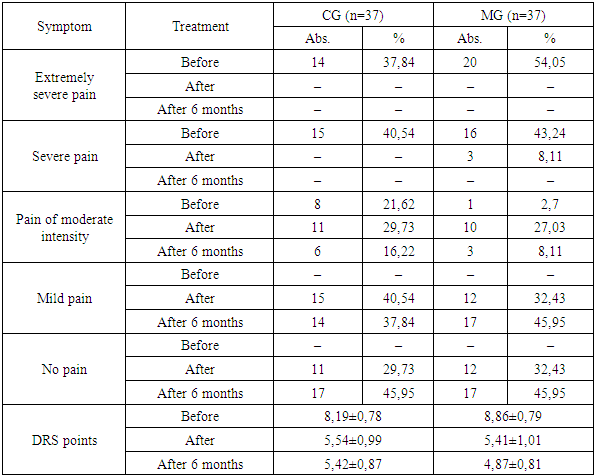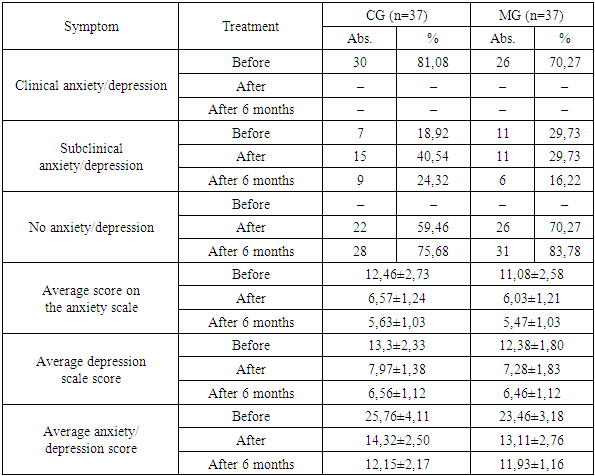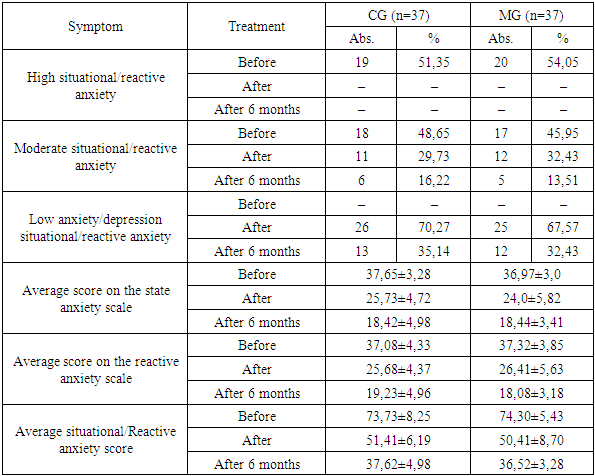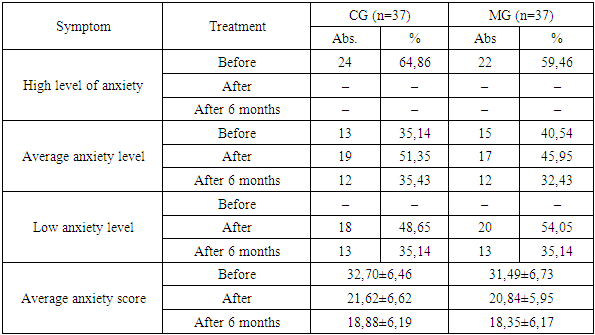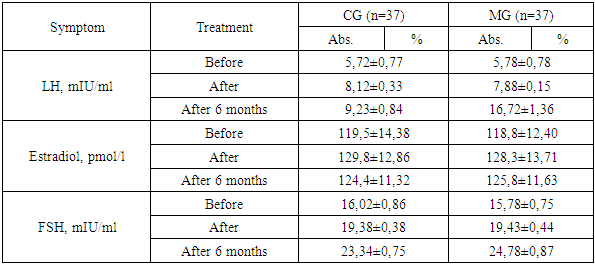| [1] | Akkalaeva, I. A., & Nigkolova, D. E. (2023). Trigeminal neuralgia. Nauchny Lider, (4[102]), 44–46. |
| [2] | Byvaltsev, V. A., Kalinin, A. A., Okoneshnikova, A. K., & Egorov, A. V. (2021). Comparative analysis of the clinical effectiveness of laser and radiofrequency denervation in patients with primary trigeminal neuralgia. Journal of Neurology and Psychiatry Named After S.S. Korsakov, 121(4), 38–43. |
| [3] | Gabidullin, A. F., Rogozhin, A. A., & Abdullaeva, F. R. (2021). Trigeminal neuralgia: Experience in the use of Gasserian ganglion destruction and microvascular decompression of the trigeminal nerve root. Proceedings of the IX All-Russian Congress of Neurosurgeons, 85–86. |
| [4] | Dzo, M. D., Hwang, S. G., & Yi, H. D. (2021). Use of carbamate for the prevention or treatment of trigeminal neuralgia. Patent No. RU 2751504 C2. |
| [5] | Zhurkin, A. N., Semenov, A. V., Sorokovikov, V. A., & Bartul, N. V. (2021). Historical aspects of the problem of treating trigeminal neuralgia and the role of neurosurgical methods in its resolution (Literature review). Acta Biomedica Scientifica, 6(4), 123–126. |
| [6] | Kolycheva, M. V., Bezborodova, T. Yu., Shimansky, V. N., Strunina, Yu. V., & Gadzhieva, O. A. (2022). Carbamazepine in the treatment of trigeminal neuralgia. Russian Journal of Pain, 20(4), 28–34. |
| [7] | Maksimova, M. Yu. (2021). Trigeminal neuralgia. Pharmateka, 28(3), 106–112. |
| [8] | Markin, S. P. (2005). Comprehensive treatment of patients with facial neuropathy and trigeminal neuralgia. Med-Practice. |
| [9] | Sadykova, Kh. K., Tursunov, M. K., Khudayberdiev, K. T., & Babokhujaev, A. S. (2020). Surgical treatment of trigeminal neuralgia using the method of radiofrequency rhizotomy of the Gasserian ganglion. Stomatologiya, 1, 28–30. |
| [10] | Sturov, N. V., Pereverzev, A. P., & Rogozhina, A. V. (2008). Trigeminal neuralgia. Difficult Patient, 6(1), 37–41. |
| [11] | Shimansky, V. N., Konovalov, A. N., Tanyashin, S. V., & Poshataev, V. K. (2023). Vascular decompression in hyperfunction of cranial nerves (trigeminal neuralgia, hemifacial spasm, glossopharyngeal neuralgia). ABV-Press Publishing House. |
| [12] | Allam, A. K., Sharma, H., Larkin, M. B., & Viswanathan, A. (2023). Trigeminal neuralgia: Diagnosis and treatment. Neurologic Clinics, 41(1), 107–121. |
| [13] | Araya, E. I., Claudino, R. F., Piovesan, E. J., & Chichorro, J. G. (2020). Trigeminal neuralgia: Basic and clinical aspects. Current Neuropharmacology, 18(2), 109–119. |
| [14] | Cameron, M. H. (2013). Physical agents in rehabilitation: From research to practice (4th ed.). Elsevier Health Sciences. |
| [15] | Cruccu, G., Finnerup, N. B., Jensen, T. S., & Scholz, J. (2016). Trigeminal neuralgia: New classification and diagnostic grading for practice and research. Neurology, 87(2), 220–228. |
| [16] | Dong, B., Xu, R., & Lim, M. (2023). The pathophysiology of trigeminal neuralgia: A molecular review. Journal of Neurosurgery, 139(5), 1471–1479. |
| [17] | Ellis, H. (2019). Neurectomy for trigeminal neuralgia. Journal of Perioperative Practice, 29(4), 102–103. |
| [18] | Fothergill, J. (1773). On a painful affliction of the face. Medical Observations and Inquiries, 5, 129–142. |
| [19] | Rose, F. C. (1999). Trigeminal neuralgia. Archives of Neurology, 56, 1163–1164. |
| [20] | Ganz, J. C. (2022). Trigeminal neuralgia and other cranial pain syndromes. Progress in Brain Research, 268(1), 347–378. |
| [21] | Gerwin, R. (2020). Chronic facial pain: Trigeminal neuralgia, persistent idiopathic facial pain, and myofascial pain syndrome—An evidence-based narrative review and etiological hypothesis. International Journal of Environmental Research and Public Health, 17(19), 7012–7021. |
| [22] | Hall, G. C., Carroll, D., Parry, D., & McQuay, H. J. (2006). Epidemiology and treatment of neuropathic pain: The UK primary care perspective. Pain, 122, 156–162. |
| [23] | Koopman, J. S., Dieleman, J. P., Huygen, F. J., de Mos, M., Martin, C. G., & Sturkenboom, M. C. (2009). Incidence of facial pain in the general population. Pain, 147(1–3), 122–127. |
| [24] | Maarbjerg, S., Di Stefano, G., Bendtsen, L., & Cruccu, G. (2017). Trigeminal neuralgia—Diagnosis and treatment. Cephalalgia, 37(7), 648–657. |
| [25] | Maarbjerg, S., Gozalov, A., Olesen, J., & Bendtsen, L. (2014). Trigeminal neuralgia—A prospective systematic study of clinical characteristics in 158 patients. Headache, 54(10), 1574–1582. |
| [26] | Molina-Olier, O., Marsiglia-Pérez, D., & Alvis-Miranda, H. (2022). Surgical treatment of trigeminal neuralgia in adults. Cirugía, 90(4), 548–555. |


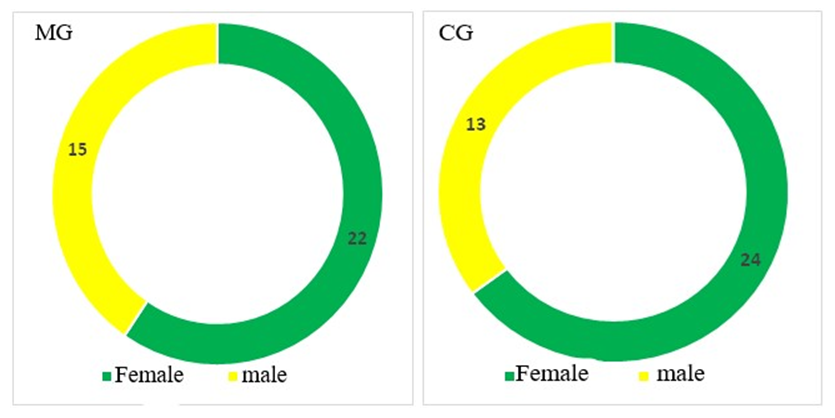
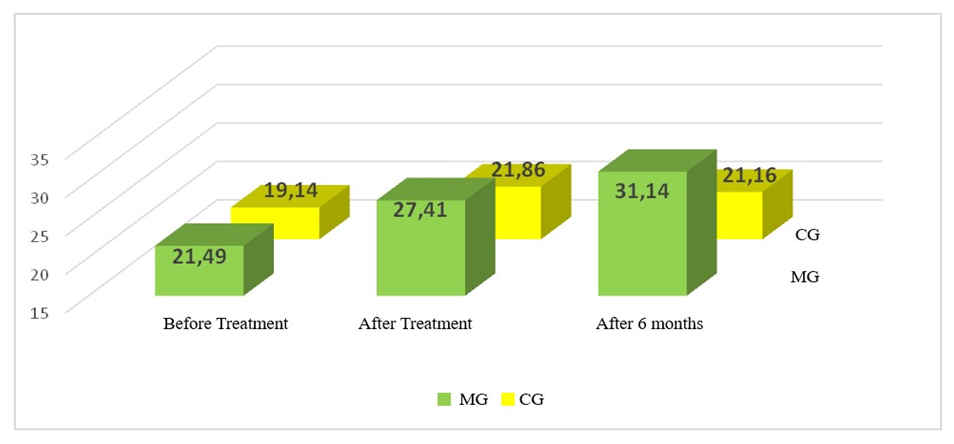
 Abstract
Abstract Reference
Reference Full-Text PDF
Full-Text PDF Full-text HTML
Full-text HTML